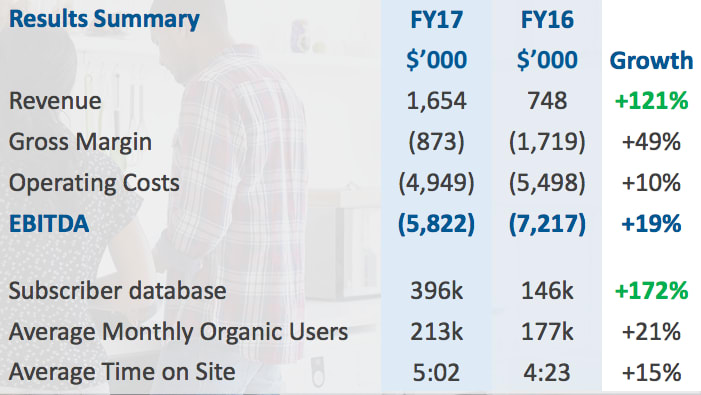Banks shouldn’t underestimate the risk of concentration in the housing market
![]()
GUEST OBSERVER
The view of Australian banks on the risk that mortgage stress poses to our economy and the banks’ own viability is worrying.
Shayne Elliott, CEO of ANZ Bank commented in this week’s Four Corners report:
"The reality is that housing loans are pretty good because they’re quite diverse in terms of lots of relatively small loans across ah across the country."
This view is in contradiction to research from the United States which finds housing markets there are less diversified than previously thought. This means any house price shocks will likely occur simultaneously across the country, causing large cumulative losses to borrowers and banks via mortgage defaults. Australian housing markets are likely to be even more concentrated than in the US because of the population size of Sydney and Melbourne.
Banking regulator the Australian Prudential Regulation Authority (APRA) has already issued guidelines to the banks on tracking exposure to mortgages and limiting the growth of loans to investors, in particular for interest-only loans. An independent review by Stephen Sedgewick on behalf of the industry also recommended banks stop paying mortgage brokers based on the volume of loans they secure, in an effort to reduce risks. But these steps might not be enough to ensure security.
Australian bank exposure to mortgage risk
Bank losses during the global financial crisis were in large parts driven by borrowers not being able to make their mortgage repayments. After receiving a loan, borrowers may experience income shocks like loss of jobs or demotion and expense shocks like higher petrol prices or interest rates, that affect their ability to service their mortgages.
Australian mortgage contracts are risky for borrowers in international terms. Unlike other countries, Australian banks offer to lend only up to five years at a fixed rate and the majority of loans are at a variable rate.
This leaves Australian borrowers exposed to interest rate increases. In the past few years, interest rates were lowered as Reserve Bank of Australia economists targeted low inflation rates.

www.rba.gov.au, Author provided
Interest rates are now close to zero, limiting the ability of the RBA to stimulate economic growth. There’s the possibility the RBA could raise interest rates, causing shocks to mortgage borrowers. My research shows this shock could increase bank losses substantially.
At the moment 23% of consumer expenses are housing related and this number is likely higher for mortgage borrowers and could be growing. Interest rate increases, in combination with the current high debt levels, are therefore likely to increase inflation and trigger further interest increases.
Dealing with the risk of mortgage stress
Current bank portfolios are not well diversified, if 60% of bank assets are in mortgages. Other loan classes such as commercial real estate loans and small to medium enterprise loans are also often property-backed.
Bank lending standards need to be more consistent to avoid borrowers shopping around for the lender that offers them the highest loan amount. Lending standards should also consider the concentration of housing income and expenses in a borrower’s portfolio.
Banks should promote fixed rate mortgages. This type of mortgage transfers interest rate risk from borrowers to the banks, that are better placed to manage this risk. This may come at an additional cost but should be small compared to the cost borne by consumers should the housing bubble ever burst.
There also needs to be more scrutiny of the use of offset accounts and redraw facilities, being used as an offset for outstanding loans. Borrowers often use these funds to purchase additional properties and they may not be available in the case of mortgage default. Instead of promoting offset accounts it may be better to give borrowers a prepayment on their mortgage, but not an option to redraw. Should consumers want to draw down on the equity in their homes, they could then apply for a second mortgage.
Mortgage brokers should act as independent advisers, a tool for consumer information and bank competition, as smaller lenders in particular rely on mortgage brokers. The Sedgwick report suggested the loan to value ratio of mortgages should be considered when paying mortgage brokers. This would mean that loans with high loan-to-value ratios (where the borrower is more likely to default) would earn a lower fee.
The Sedgwick banking review has been a step in the right direction, but the focus should be on banks rather than mortgage brokers, as it’s ultimately the bank that is in a contract with the consumer.
Some of this may require a fundamental value change. It’s not likely the Australian appetite for property will change but this means we need to hedge our bets against any risks by improving diversification and the way banks finance mortgages.
Associate Professor, Finance, UTS Business School, University of Technology Sydney and author for The Conversation.
